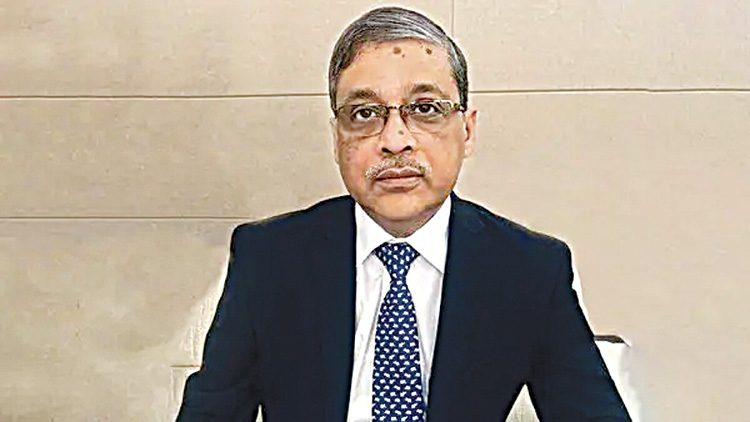New Delhi, April 21 (Agency) “It is heartening to see that the discussions on pension and life insurance are on rise in various fora,” said Supratim Bandyopadhyay, Former Chairman, PFRDA & Chairman, Consultative Committee on Investments, IRDAI. Speaking at the opening plenary of the 8th edition of InsureInd in Kolkata on Thursday, Bandyopadhyay said for the first time in human history, people aged 65 and over outnumber children aged five or younger though the decisions on life and pensions are still mostly taken post-50. The Former Chairman, PFRDA & Chairman, Consultative Committee on Investments, IRDAI also said, “ India’s rich demographic dividend makes it a young country. Share of the elderly in total Indian population has risen to 8.6% in 2011 from 5.6% in 1961; this would increase further to 12.4% by 2026. “ Further, every fifth Indian will be a sexagenarian in 2050 compared with one in 12 now, he said.
Speaking on the correlation between pension and demographics, life expectancy (at birth and at 60 years), both have seen a rapid rise over the years from 62.5 in 2000 to 68.3 in 2015. Also, the life expectancy at age 60 stands at 17.9 in 2015 vis-à-vis 16.5 in 2000. He also said that there is a difference in life expectancy across gender, with female life expectancy being higher than male, both at birth and at age 60 and from a pension perspective, an increase in life expectancy at age 60 impacts the government fiscal spending. Emphasizing the fact that the social security benefits are inadequate in India and the increased costs of living, the onus is on ourselves to make the journey into our old age meaningful. Bandyopadhyay said that though the state governments are trying to move out of the National Pension Scheme (NPS) and bring in their own schemes, RBI data shows that 60-70% of the state revenues are spent on “committed expenditure” by them and thus these schemes will not be sustainable with this financial burden. In India, according to Bandyopadhyay, only 12-13% of the GDP comprises all pension schemes vis-à-vis the developed economies whose half of the GDP comprises pension assets and the new EPS rules of pension are still unclear.
As far as the pension scenario in India is concerned, Bandyopadhyay said that per National Sample Survey (NSS), only about 14% of the working-age population in India has pension coverage, majority of pension coverage is in the formal sector, where the employers are required to provide pensions or other retirement benefits to their employees. Even in the formal sector, coverage is not universal and in the informal sector ( 80% of total employment in India), pension coverage is abysmally low. Many informal workers, such as agricultural labourers, domestic workers, and street vendors, have no access to any form of social security, including pensions and the limited coverage of the pension sector in India is a major challenge for the country’s social security system, as it leaves a large proportion of the population vulnerable to poverty and destitution in old age.
He said that a sustainable pension system, one that provides benefits to the full breadth of the population that is sufficient to prevent old-age poverty on a country-specific absolute level in addition to providing a reliable means to smooth lifetime consumption for the vast majority of the population, that is within the financing capacity of individuals and the society and does not unduly displace other social or economic imperatives or have untenable fiscal consequences, that is financially sound and can be maintained over a foreseeable horizon under a broad set of reasonable assumptions and that has the capacity to withstand major shocks, including those coming from economic, demographic, and political volatility. The National Pension Scheme, Bandyopadhyay said has been seeing good growth in subscribers offers hope for building a sustainable pension ecosystem.

